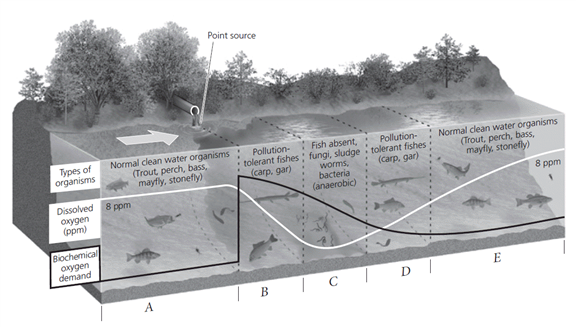Russia and Ukraine have a strained history involving tensions over the control of the Crimean Peninsula and Ukrainian independence. How did Josef Stalin's actions in the 1930s affect current relations?
Famine (holodomor), induced by Soviet leaders to blunt independence hopes, killed millions of ethnic Ukrainians. Soviet leaders—most notoriously, Josef Stalin—disregarded these costs, and by 1940, virtually all of the Soviet Union's farmed land was collectivized, against the will of the farmers.
Ukraine figured especially strongly during these events; it was known as "breadbasket" of the Soviet Union, mainly for its wheat. Stalin's apparatus sifted Ukrainian wheat out of Ukraine, distributing it in the vast USSR hinterland, "dumping" it at low prices abroad and using that income to fund industrialization. That historical legacy too feeds into modern anti-Russian sentiment among ethnic Ukrainians.
You might also like to view...
Labeling
A. B. In the accompanying oxygen sag curve, choose the zone in which the breakdown of degradable wastes by bacteria starts to deplete the dissolved oxygen. C. In the accompanying oxygen sag curve, choose the zone in which population of organisms with high oxygen requirements will most likely be eliminated.
Discuss the geologic features that form when divergent plate boundaries occur in a
continental setting. What will be an ideal response?
Shadow pricing could be used to estimate the
A) deterioration and replacement costs of materials. B) reduced cost of providing health care. C) cost of cleaning up an oil spill. D) value of an endangered species of plant.
Organisms, such as algae and bacteria, that drift with ocean currents are known as ________
A) plankton B) benthos organisms C) nekton D) biomass E) none of these